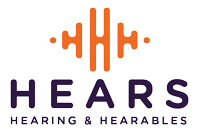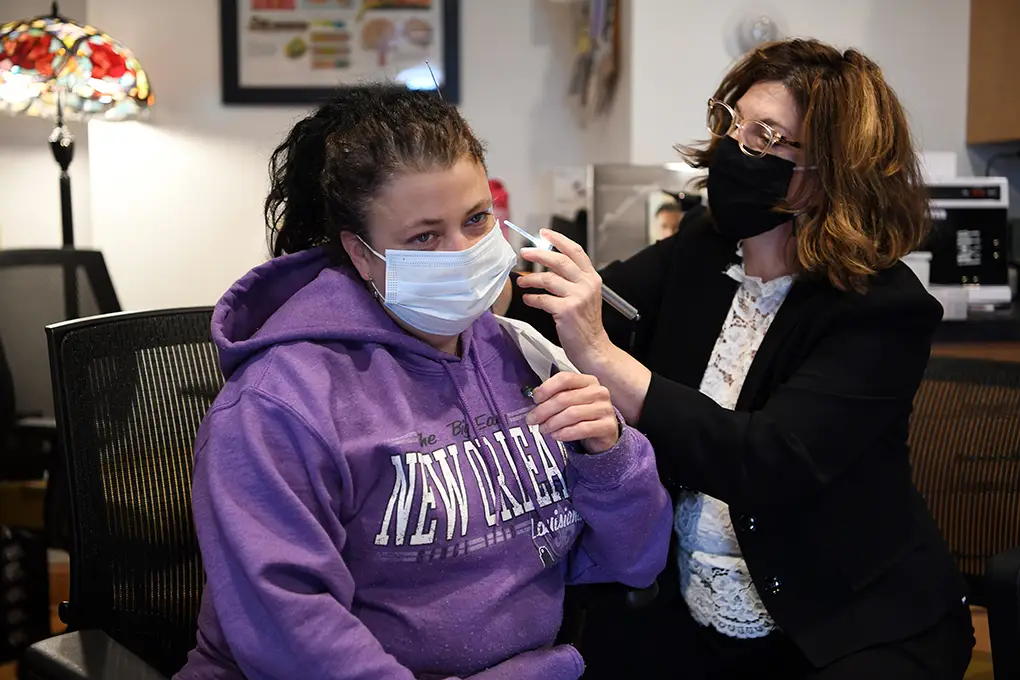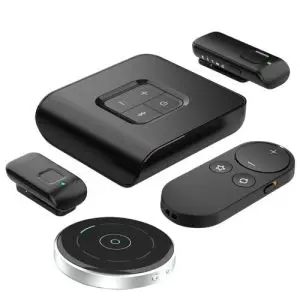Audiology Profession Publishes Standards of Practice in Hearing Aid Fitting
By: Audiology Practice Standard Organization
October 11, 2021
If you are reading this you may be familiar with Hears to U Audiology clinic, in Minnesota; perhaps as a patient, or perhaps you are interested in your hearing. Over 35 million Americans with hearing loss could benefit from wearing hearing aids. Yet, only about 29% of those have looked into hearing aids. Did you know that hearing loss is generally considered one of the most manageable conditions associated with cognitive decline? Hearing loss is one of the most common chronic ailments. If left untreated, it can have devastating consequences for your health and well-being: increased social isolation, changes in quality of life, depression, and more.
The best way to address possible hearing loss is to see an audiologist or a hearing care provider. He or she is a licensed healthcare provider who specializes in the diagnosis and treatment of hearing and balance issues.
Many health-related professions have written standards of practice. That is a written document that is the “how-to” of the specialty. It usually includes protocols and procedures. It sets out a statement that defines who can do what activity, with what level of supervision, and when.
The Audiology Practice Standards Organization (APSO) has published such a document for the fitting of hearing aids to adult patients.
Audiologists counsel patients, help people select the most appropriate hearing device, fit the aids, and verify that the hearing aids are performing to meet the needs of each individual’s hearing loss prescription.
According to APSO President Dr. Patricia Gaffney, “Hearing loss is not just poorly functioning ears. Your brain goes through significant changes when you have prolonged hearing loss. To address those changes, you need more than just amplification. A primary role of the audiologist is to develop a plan of care that helps the hearing centers in your brain rehabilitate, aided by the hearing device. Without an audiologist guiding a patient, hearing aids often end up in someone’s drawer because the rehabilitation process is not allowed to finish”
If you have been through the process before or in Minnestoa at Hears to U, then you know this is our guiding principle. We meet these standards of practice so that every hearing aid wearer is knowledgeable, comfortable, and hearing at a level as close to “normal” as possible.
Now with our online Hearable store, we are going to help guide you to get an awesome product, but we believe that seeing a local provider for service is instrumental to doing well with your product. We promise to keep the prices as low as possible, but we want you to promise to get the best service you can.
Thank you for reading and listening. Karen (and Kim)





